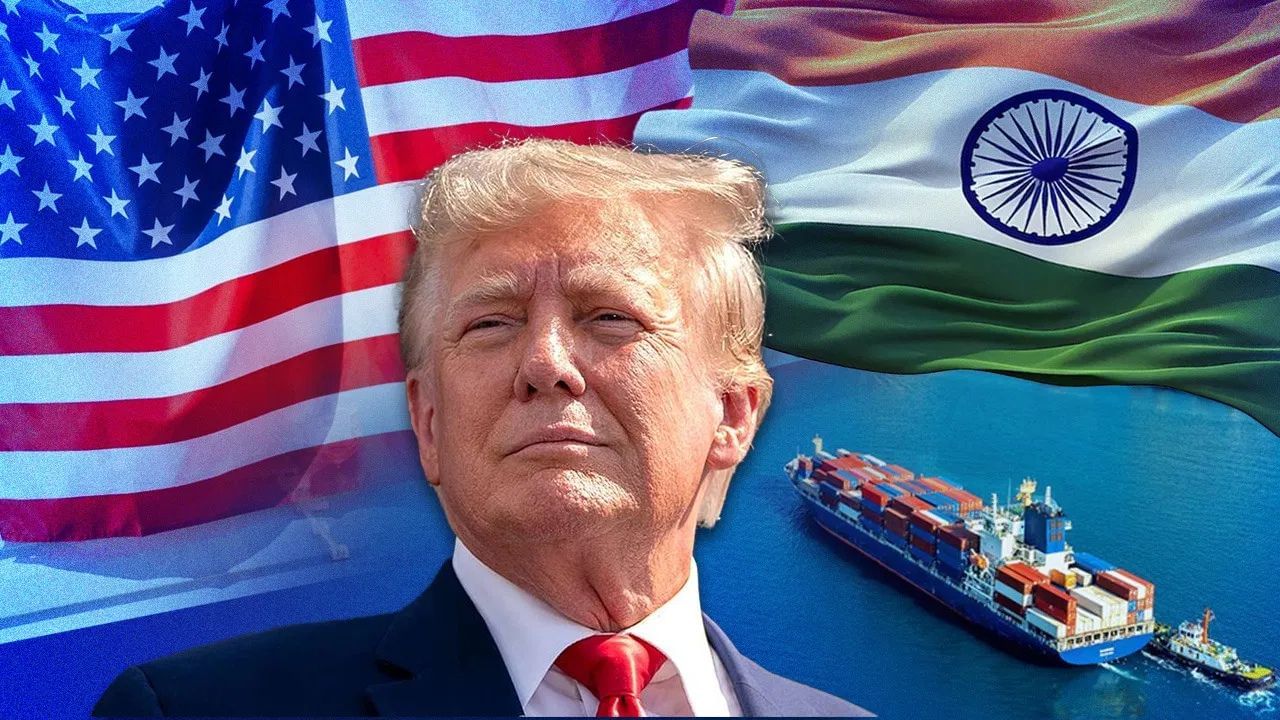When America, under the leadership of President Donald Trump, imposed a huge 50% import duty (tariff) on many Indian products, it seemed as if India’s exports could face a big blow. Especially the labour-intensive sectors like textiles, gems-jewellery, leather and marine products began to fear losses. America has been India’s biggest export market and when orders from there started decreasing, there was justified concern.
But instead of panic, India faced this challenge with strategic thinking and wisdom. The government and industry together started looking for new markets for exports and strengthened trade relations with many countries. Now its positive results have started emerging.
Exports to America decreased, but total exports increased
Indian exports to America declined after the implementation of tariffs. While exports to America were worth $8.8 billion in May 2025, they came down to $5.5 billion by September 2025. That means there was a decline of 37.5% in four months. But the good thing was that there was an increase in exports to other countries, which compensated for this loss.
New market strategy showed effect
India reduced its dependence on America and turned towards other countries. A significant increase was seen in exports to countries like Spain, UAE, China, Bangladesh. Exports were increased to new markets like Africa, the Middle East and Latin America, which is a good example of the policy of trade diversification.
Some areas got tremendous growth
Exports of many products increased rapidly in September 2025. Electronics exports increased by more than 50%. Rice exports also increased by 33% to about 925 million dollars. Exports of marine products, which were earlier expected to suffer the most, also increased by 23% to $781 million. Export of gems and jewelery also increased marginally. Overall, this shows that India brought many sectors back to a strong position by taking the right decisions at the right time.
Challenges remain in some areas
However, some traditional and labour-intensive sectors such as readymade garments and handlooms are still under pressure. There has been a decline of 10% in readymade garment exports and about 12% decline in cotton and handloom exports. These sectors are facing the double blow of competition and lack of demand in the global market.
Trade deficit increases but economy stable
India’s trade deficit increased to $ 155 billion in the first half of the financial year 2025-26, which was $ 145 billion in the same period last year. But during the same period, total exports increased by 3% to $220 billion and imports increased by 4.5% to $375 billion. This means that India’s domestic demand also remains strong and the impact of tariffs on the economy remains limited.
India praised in IMF report
The International Monetary Fund (IMF) has also recognized the strength of India. According to him, India’s GDP growth is estimated to be 6.6% in the financial year 2026, which is the fastest among the major economies of the world. This shows that India is able to withstand shocks with its domestic demand and diversified strategy.
Positive growth in exports in 24 countries
According to government data, India has increased exports to 24 countries in the first half of the current financial year. Exports have increased in countries like Korea, Germany, UAE, Russia, Canada, Brazil, Italy, Thailand. These countries account for about 59% of India’s total exports, which is a testament to the success of market diversification.
